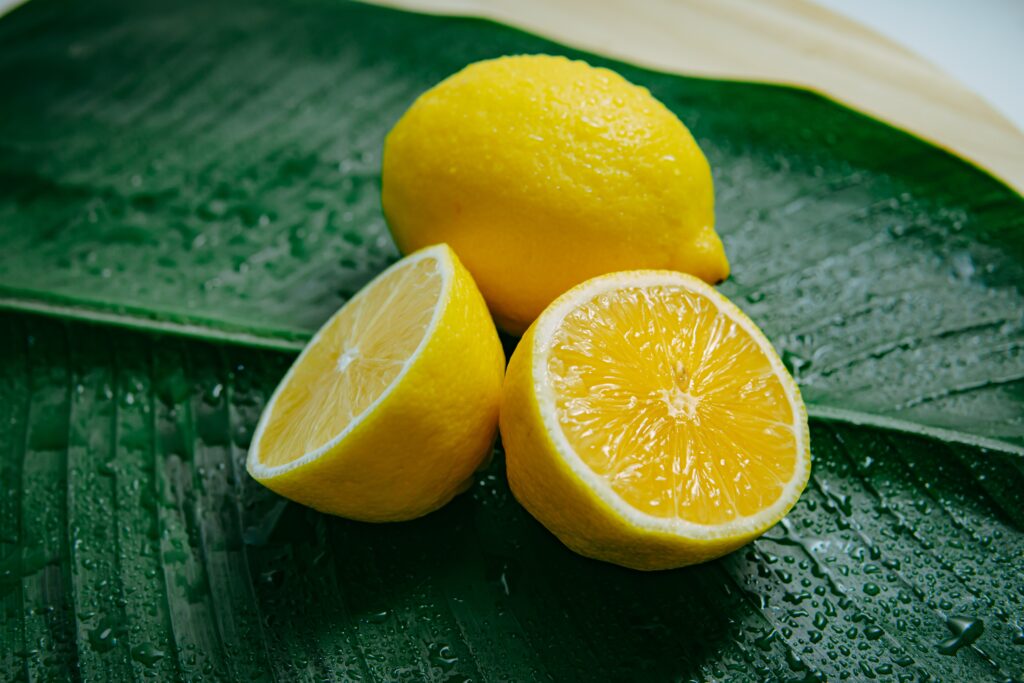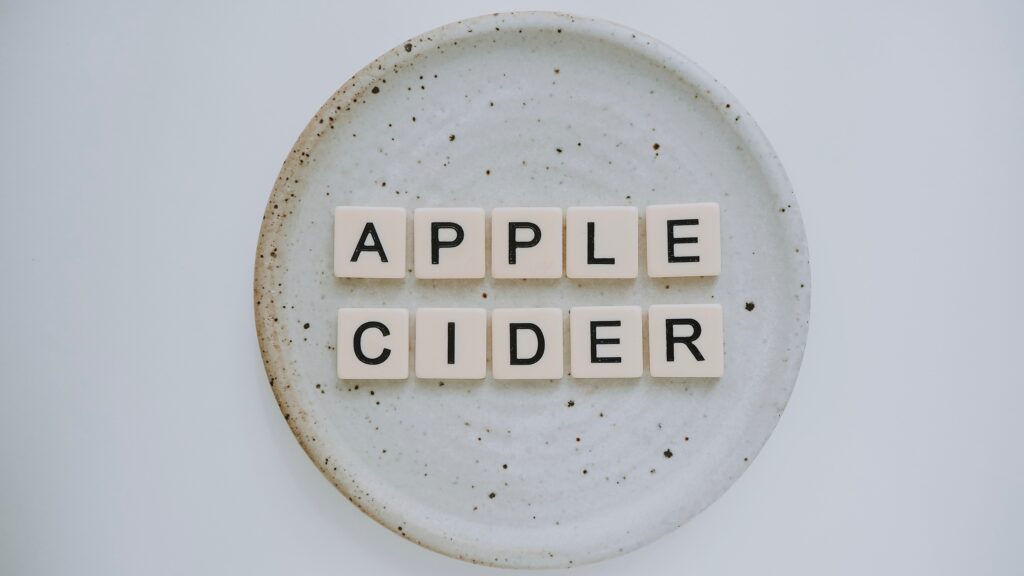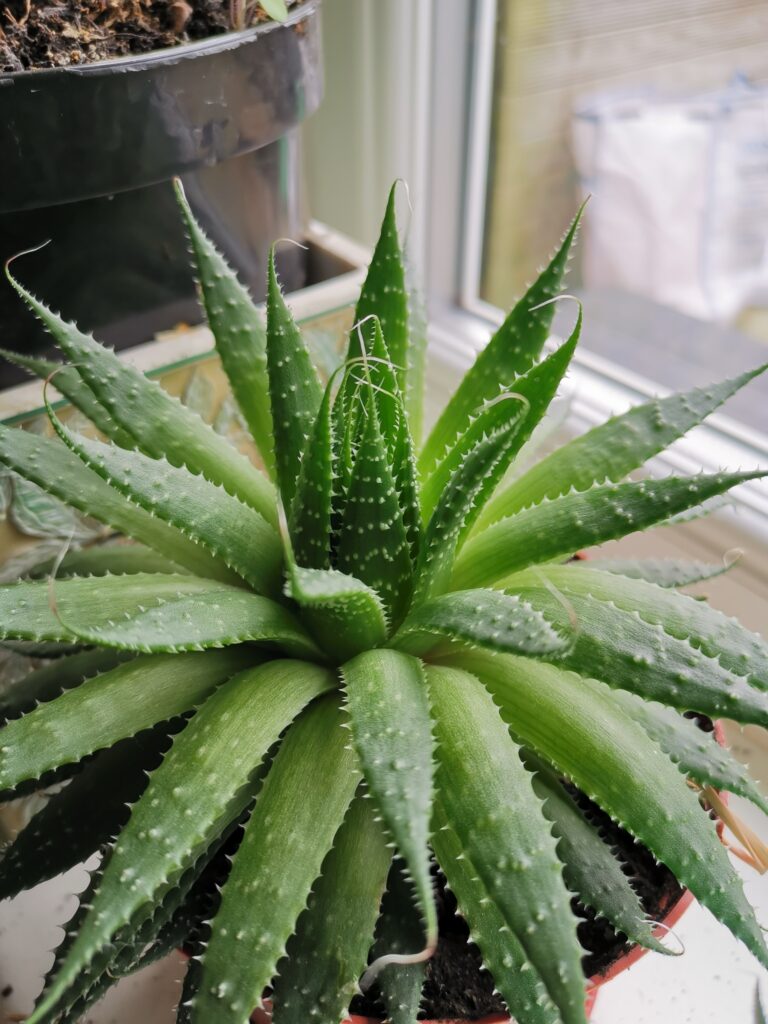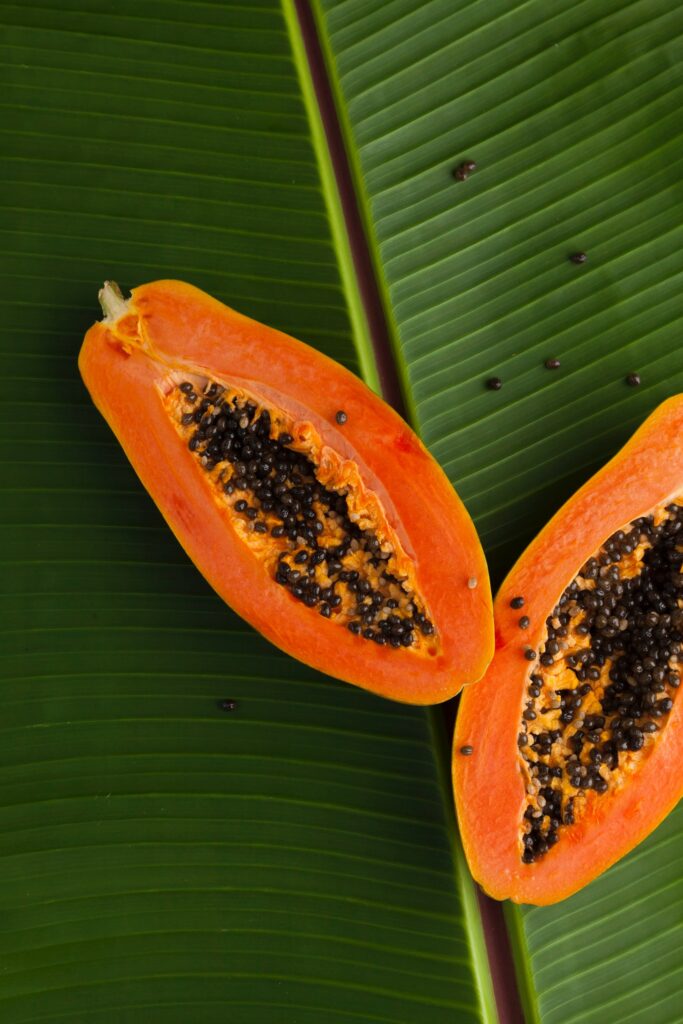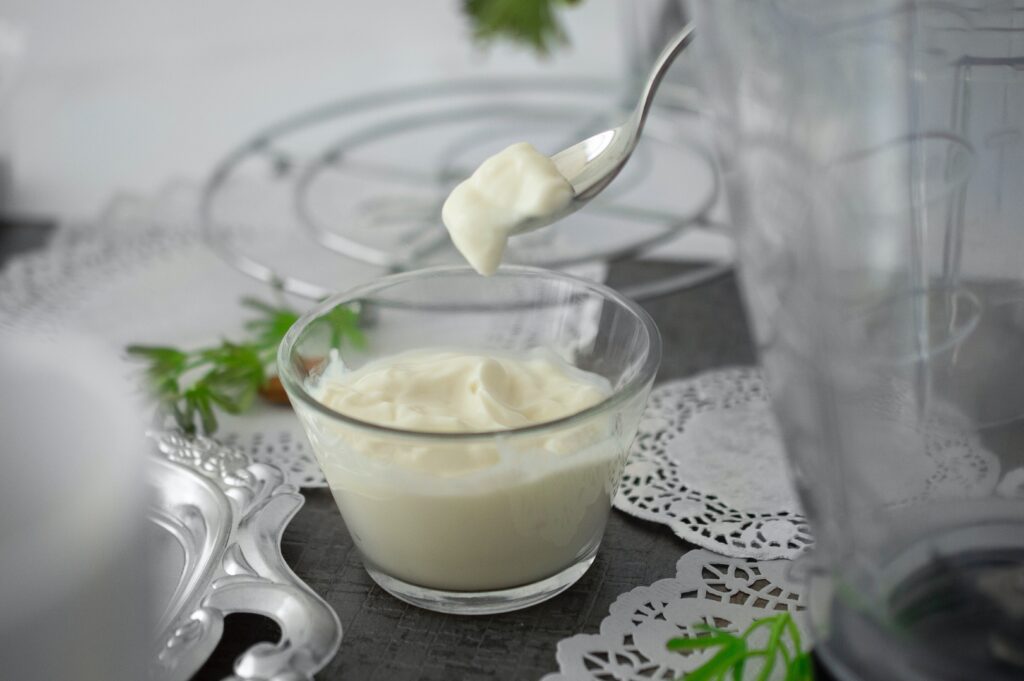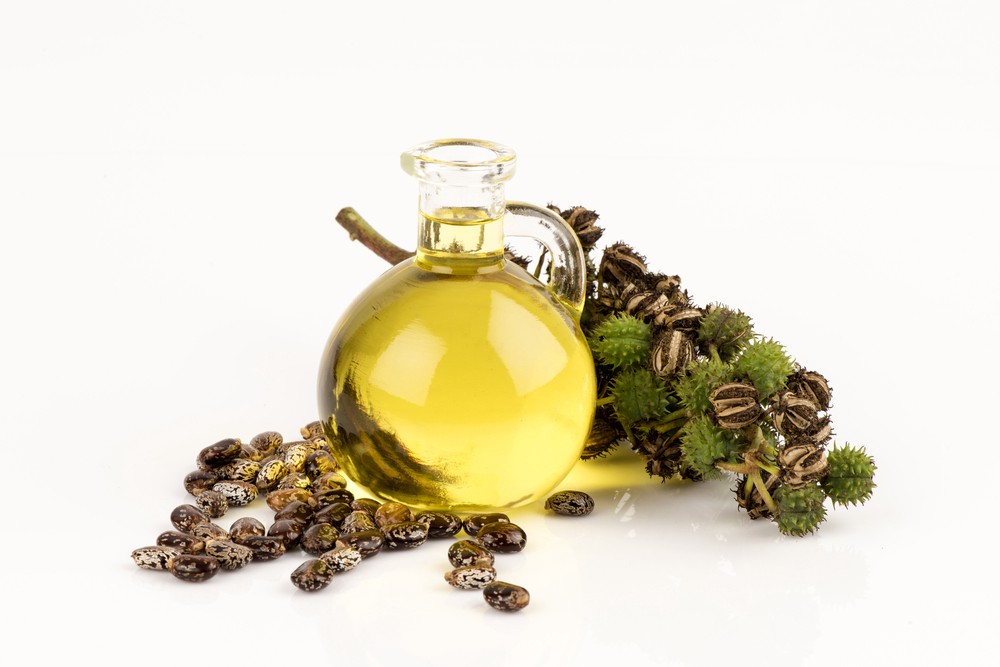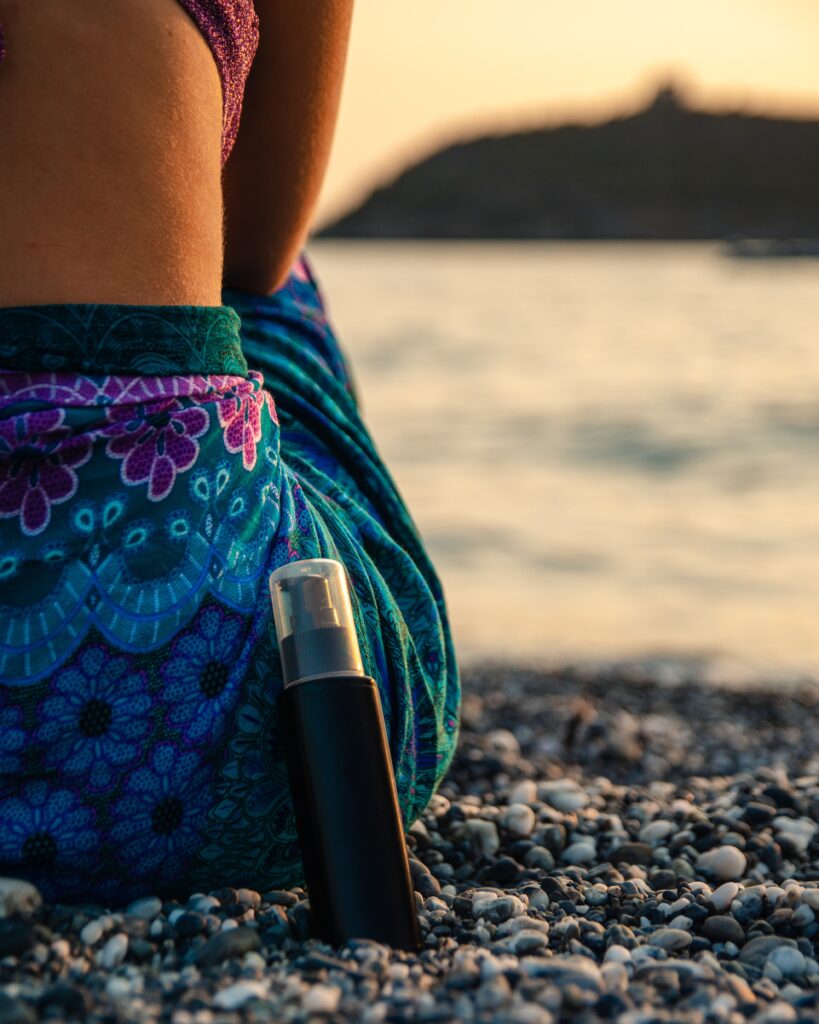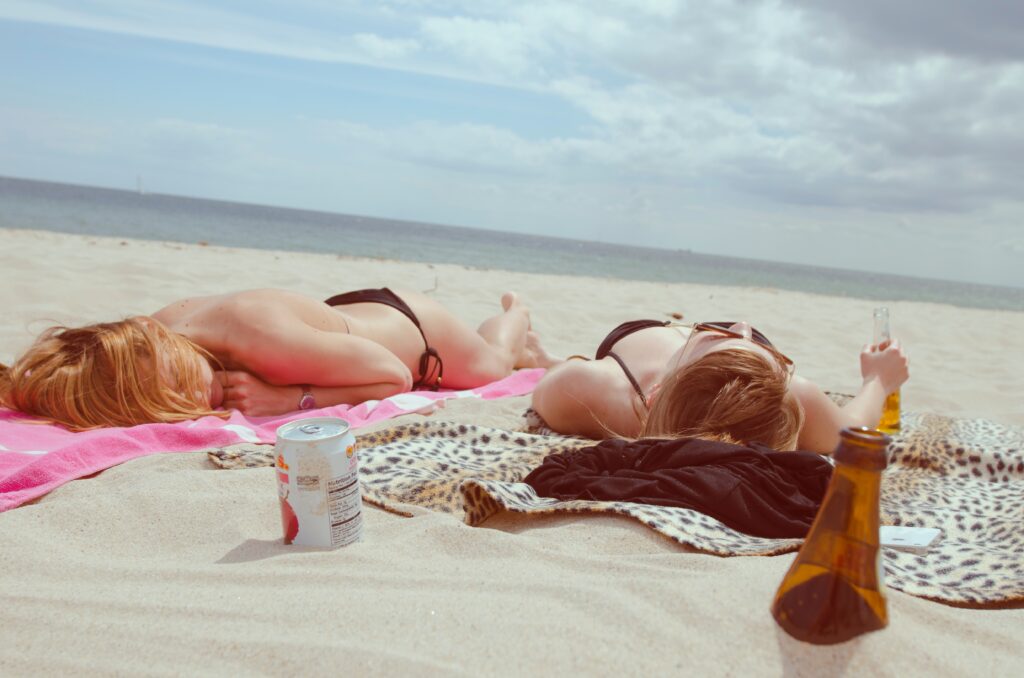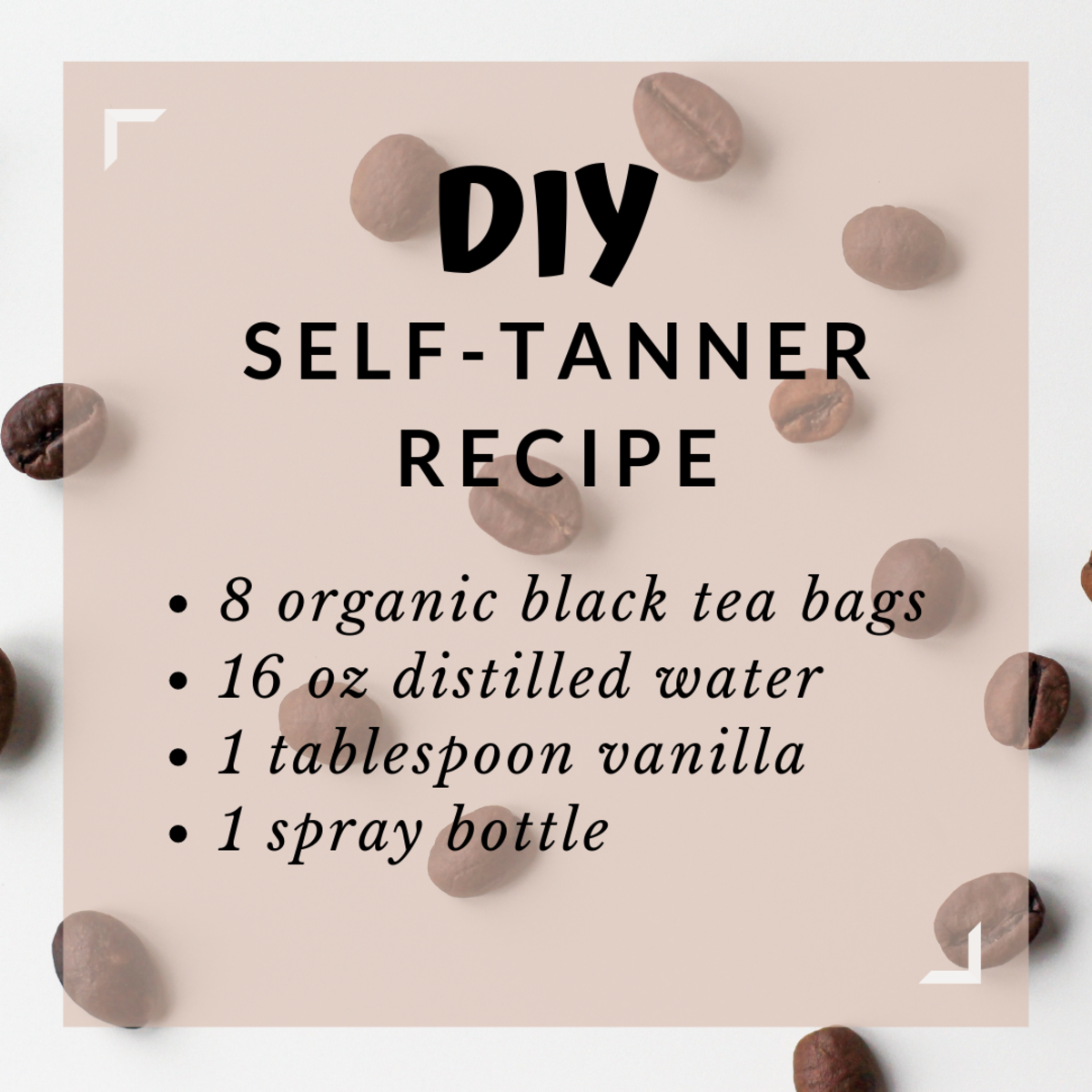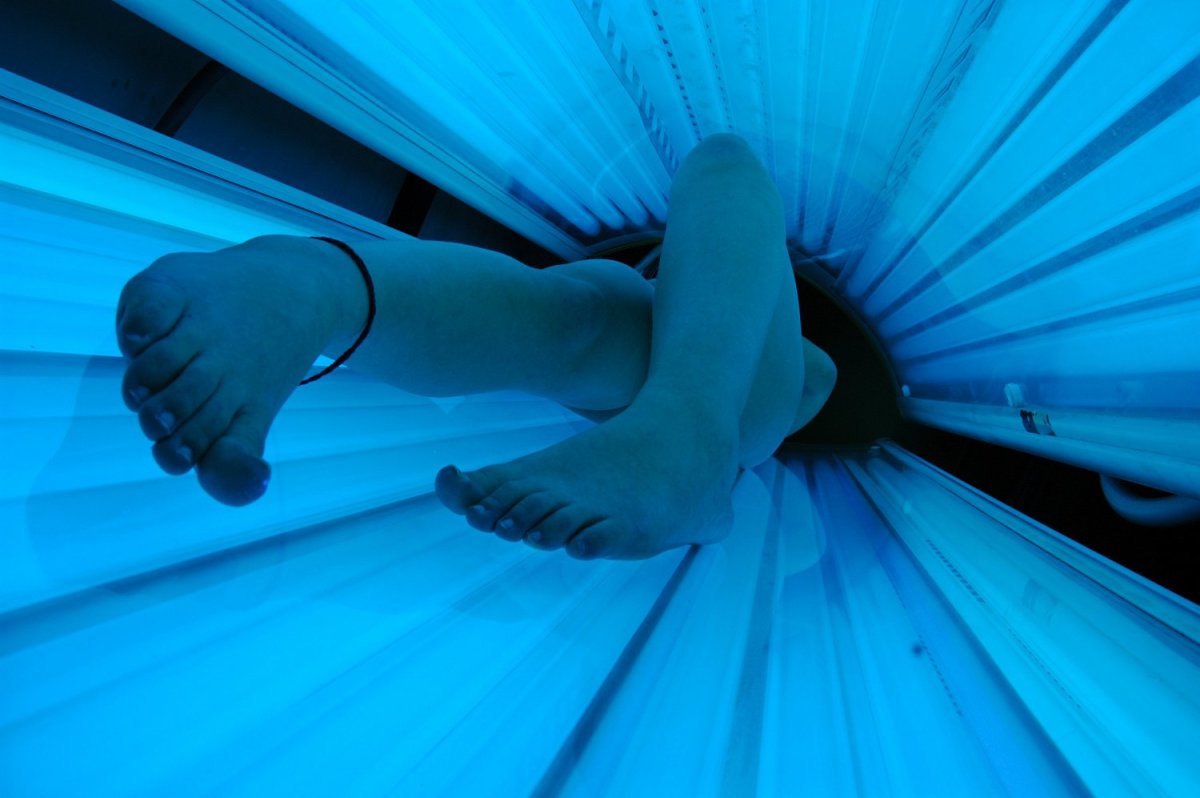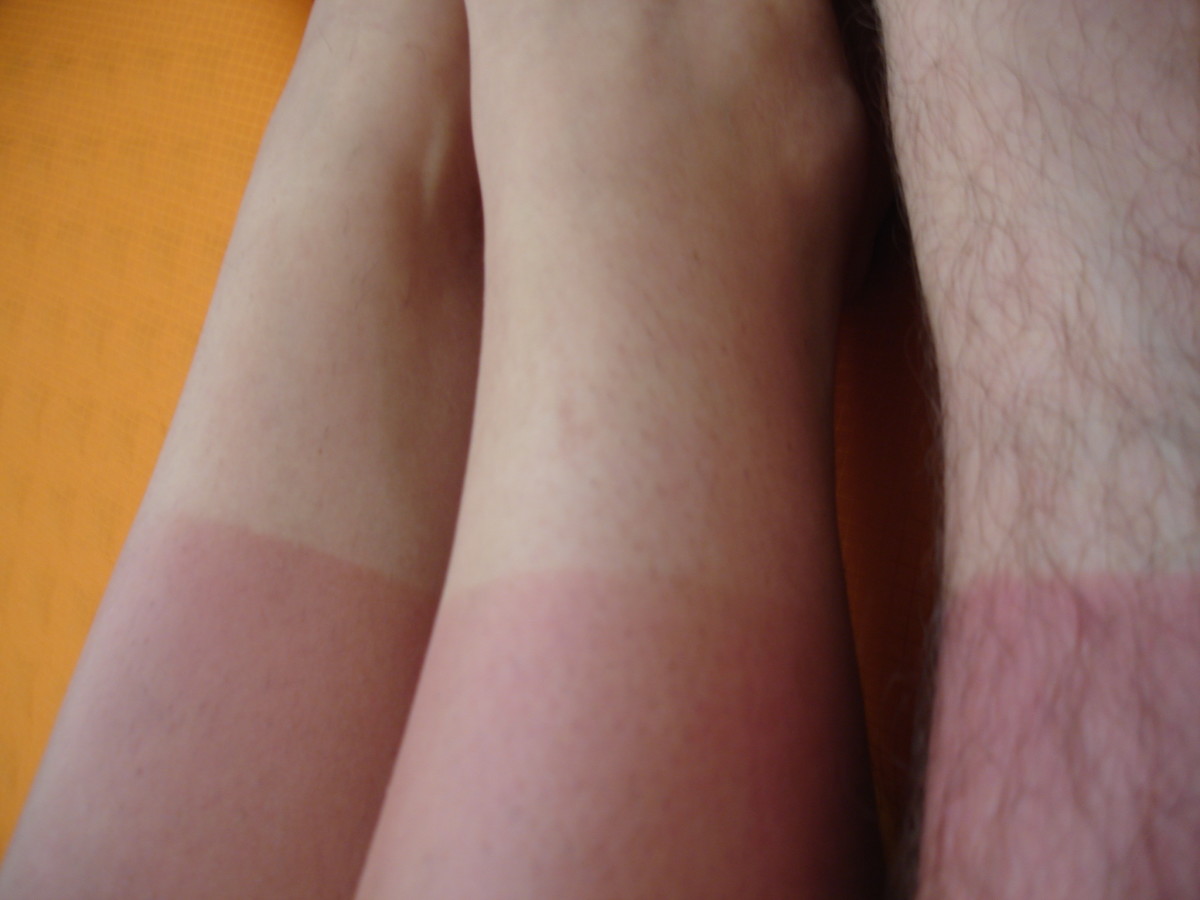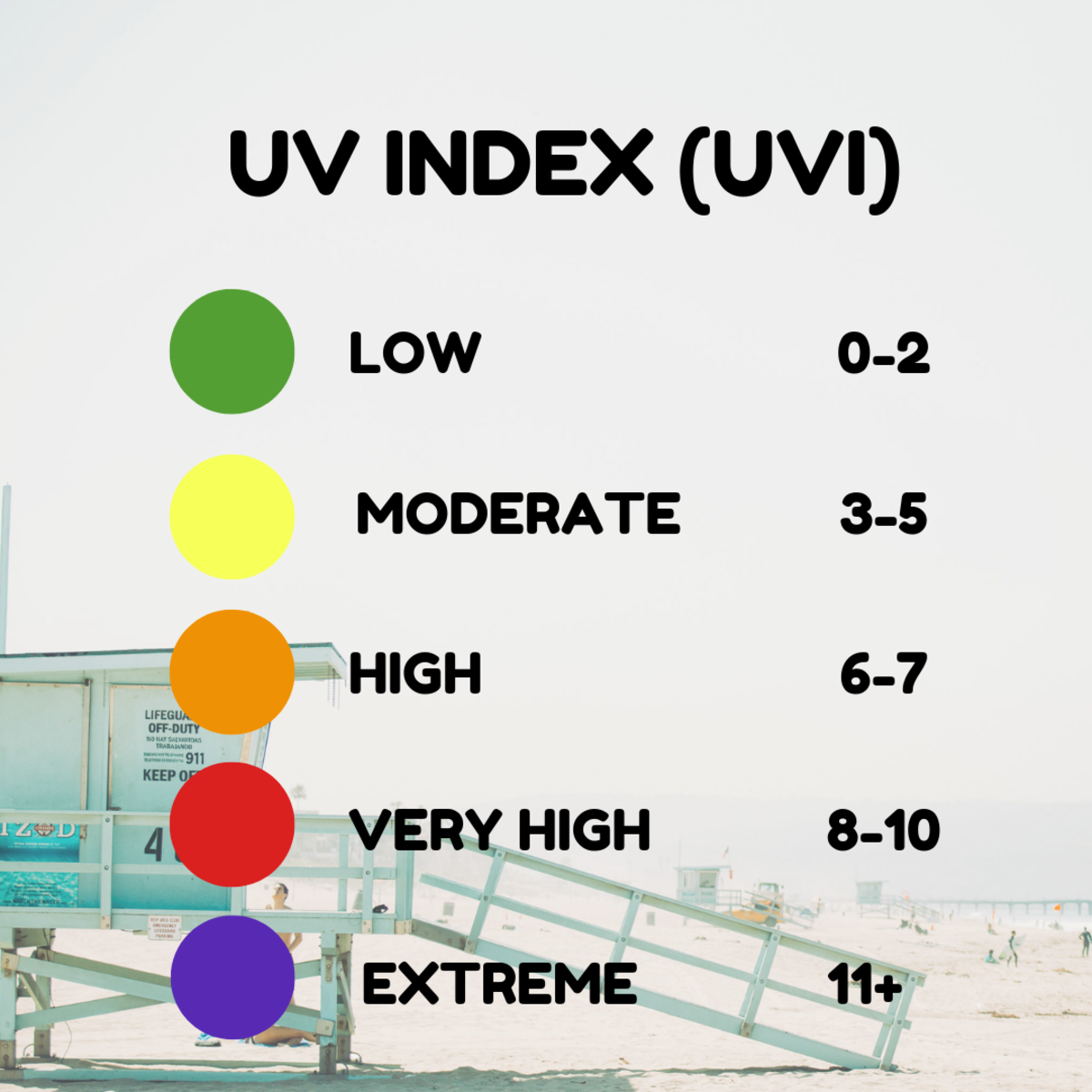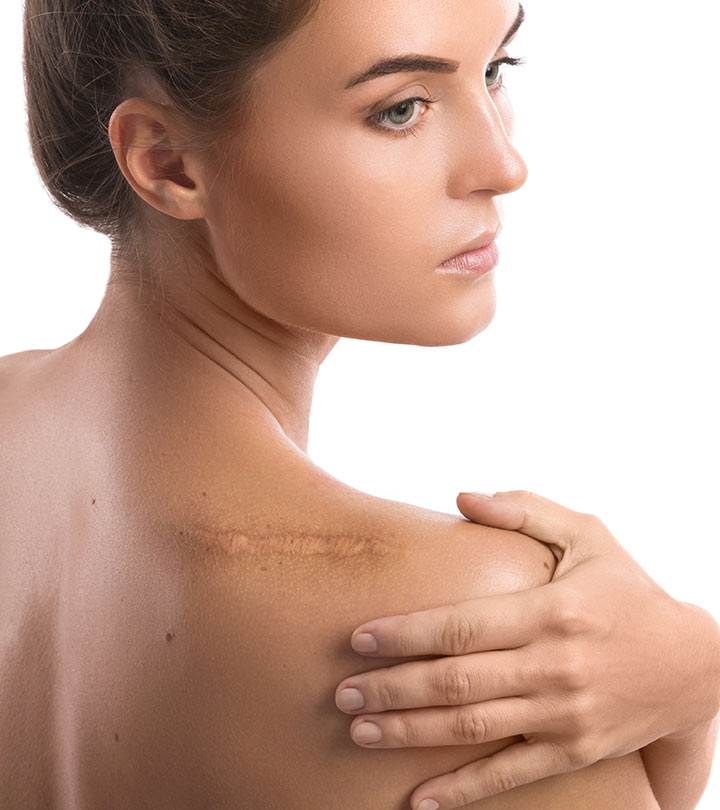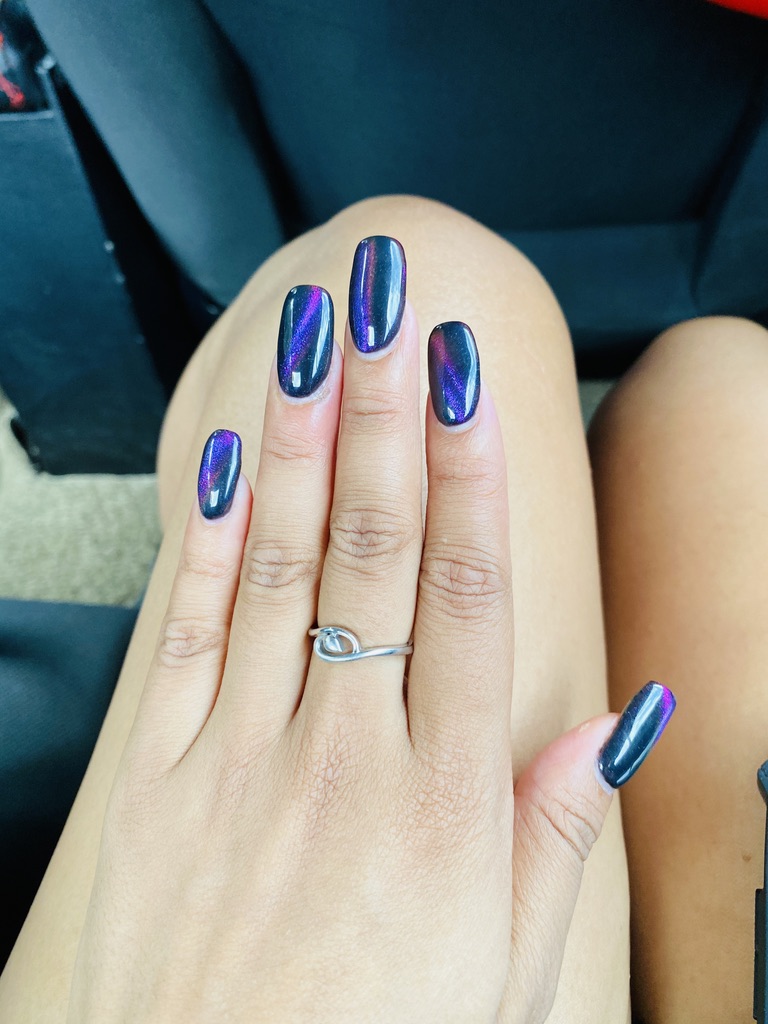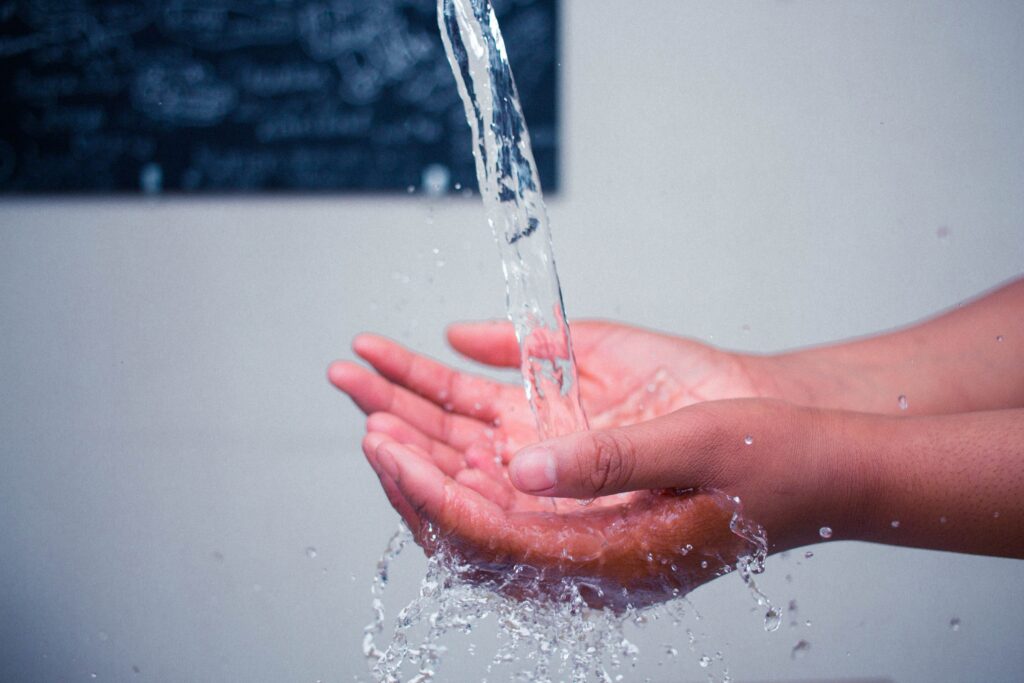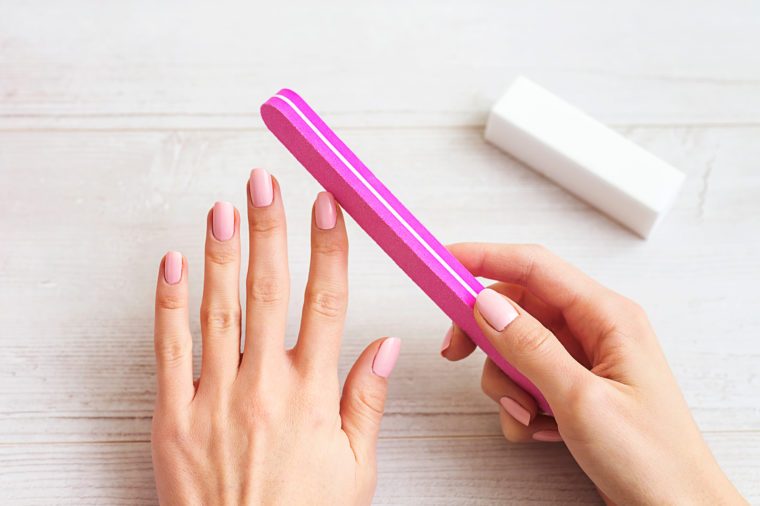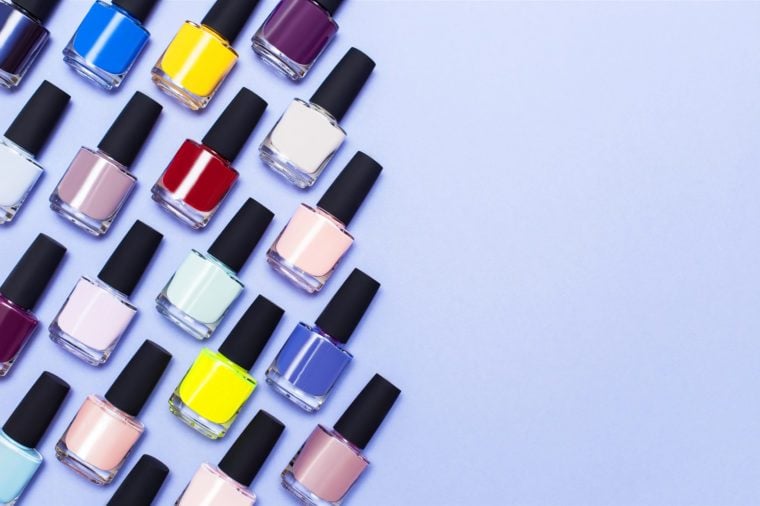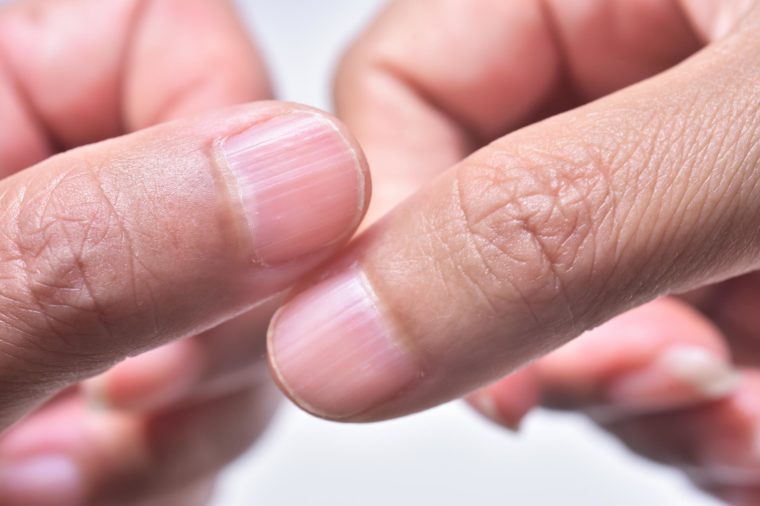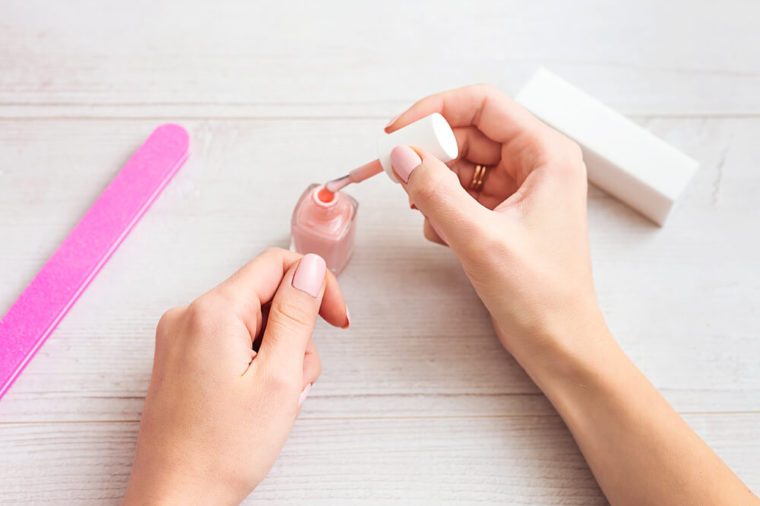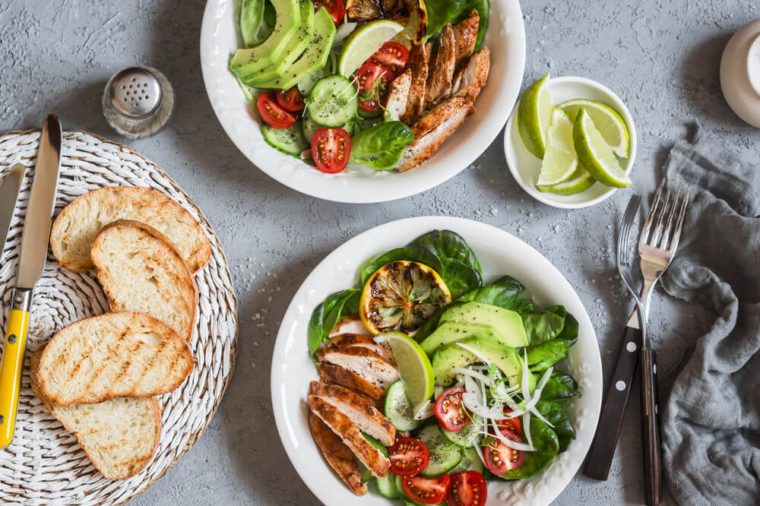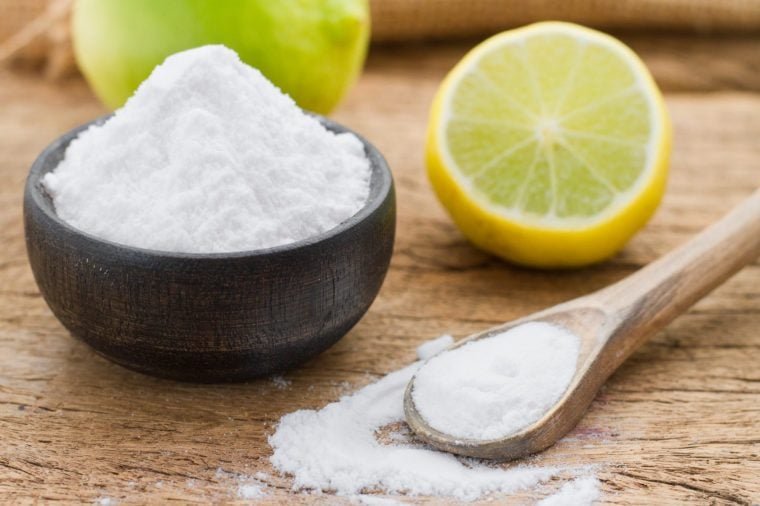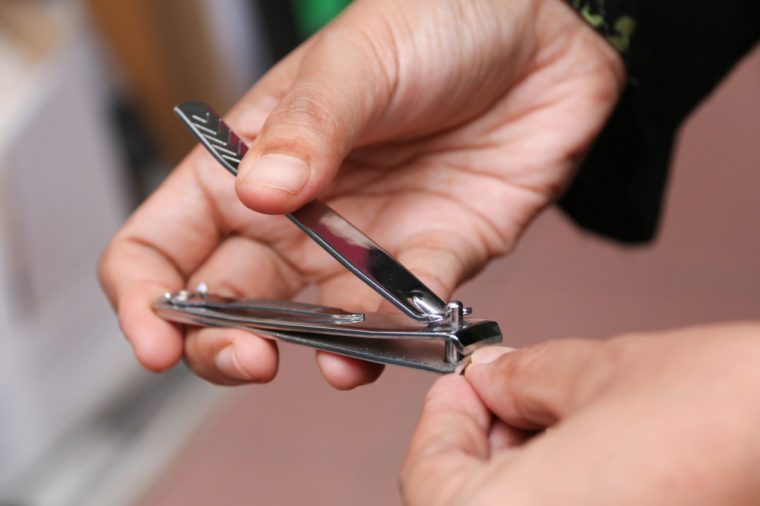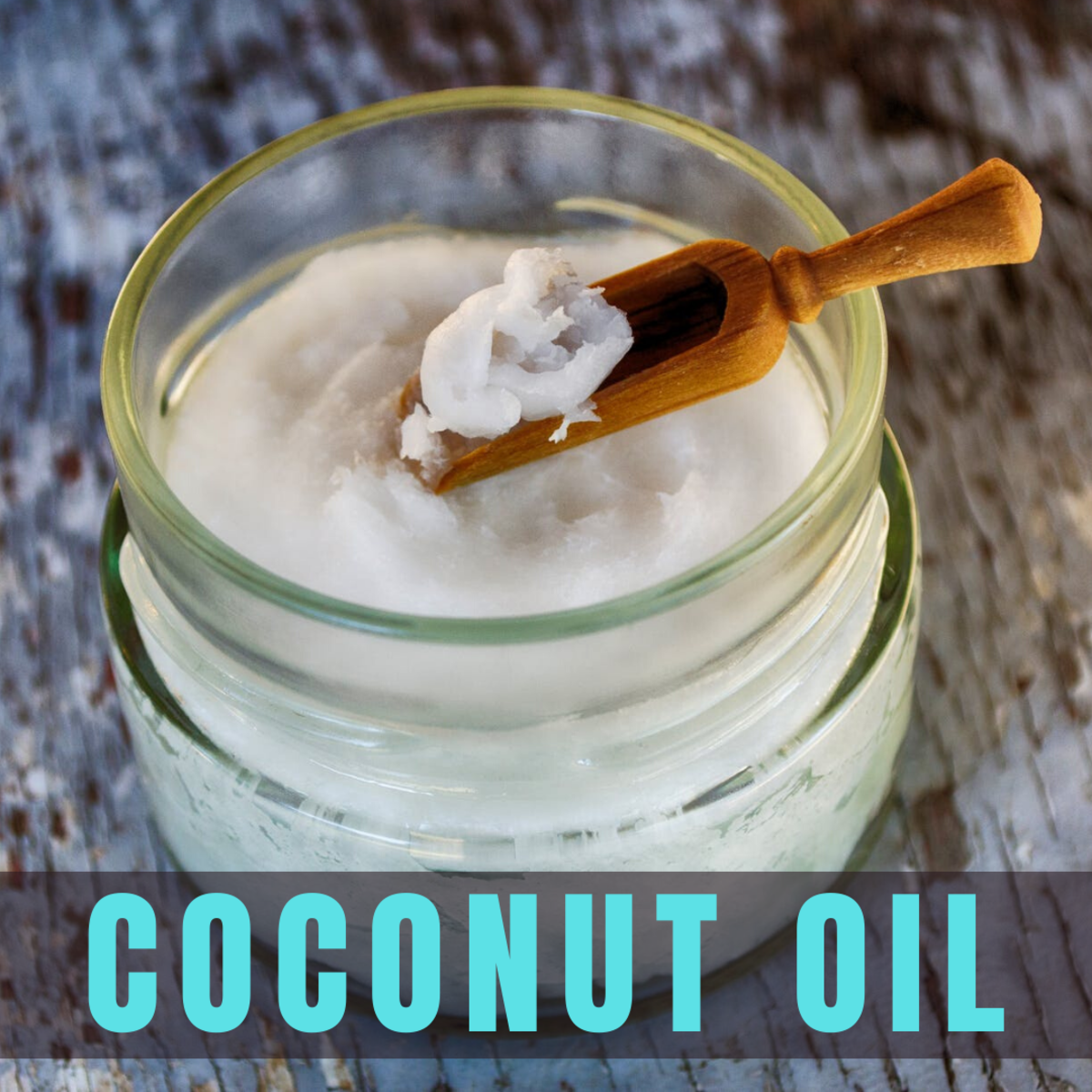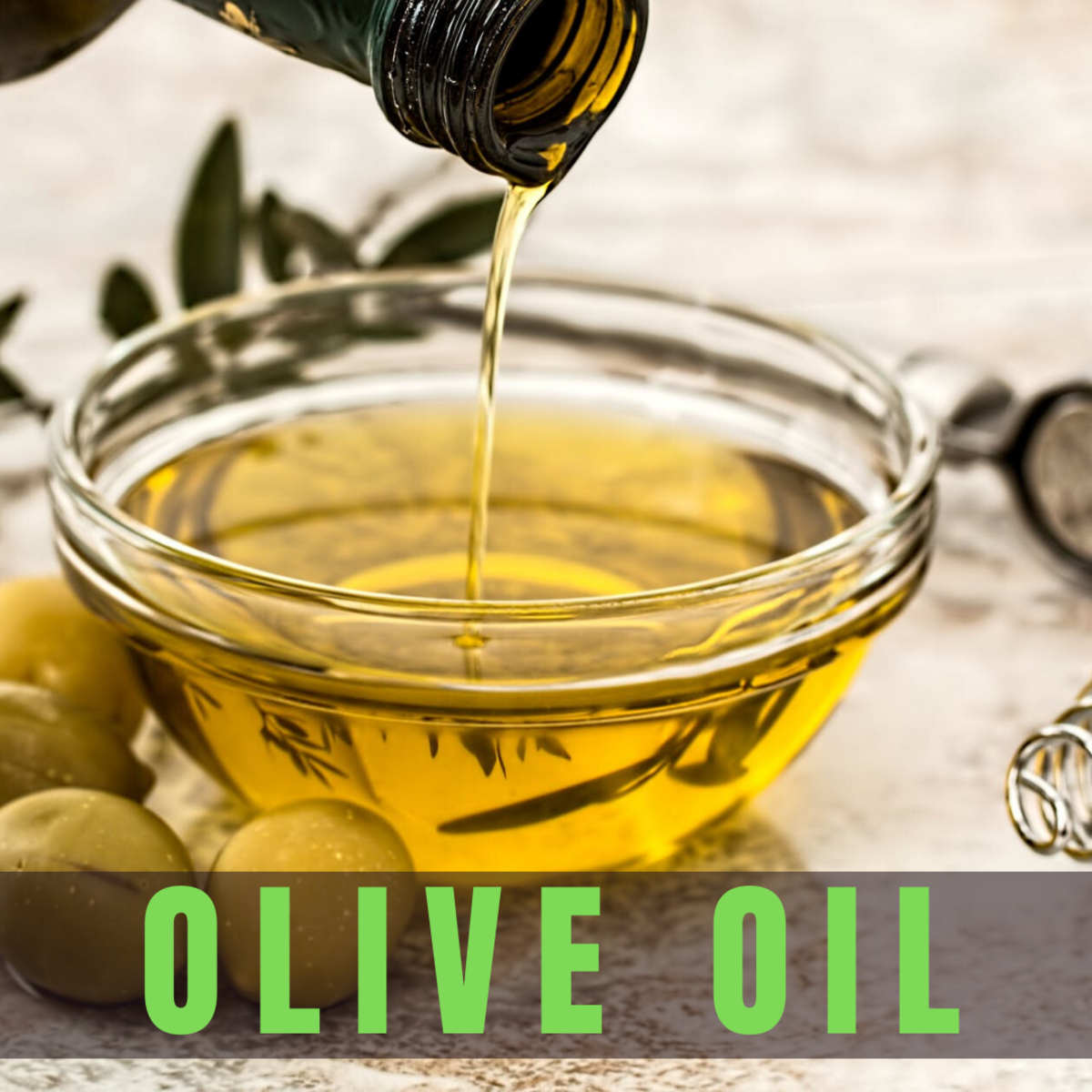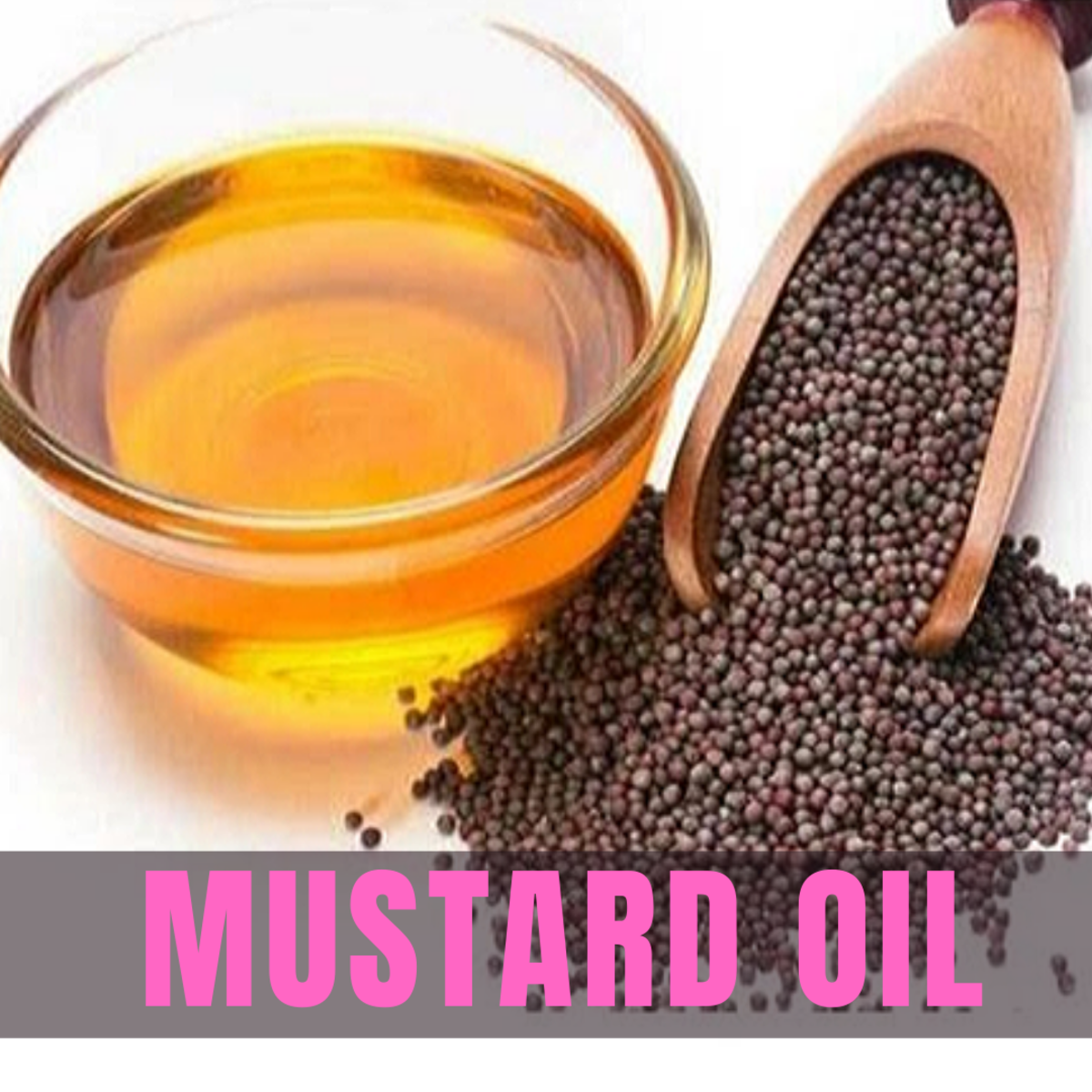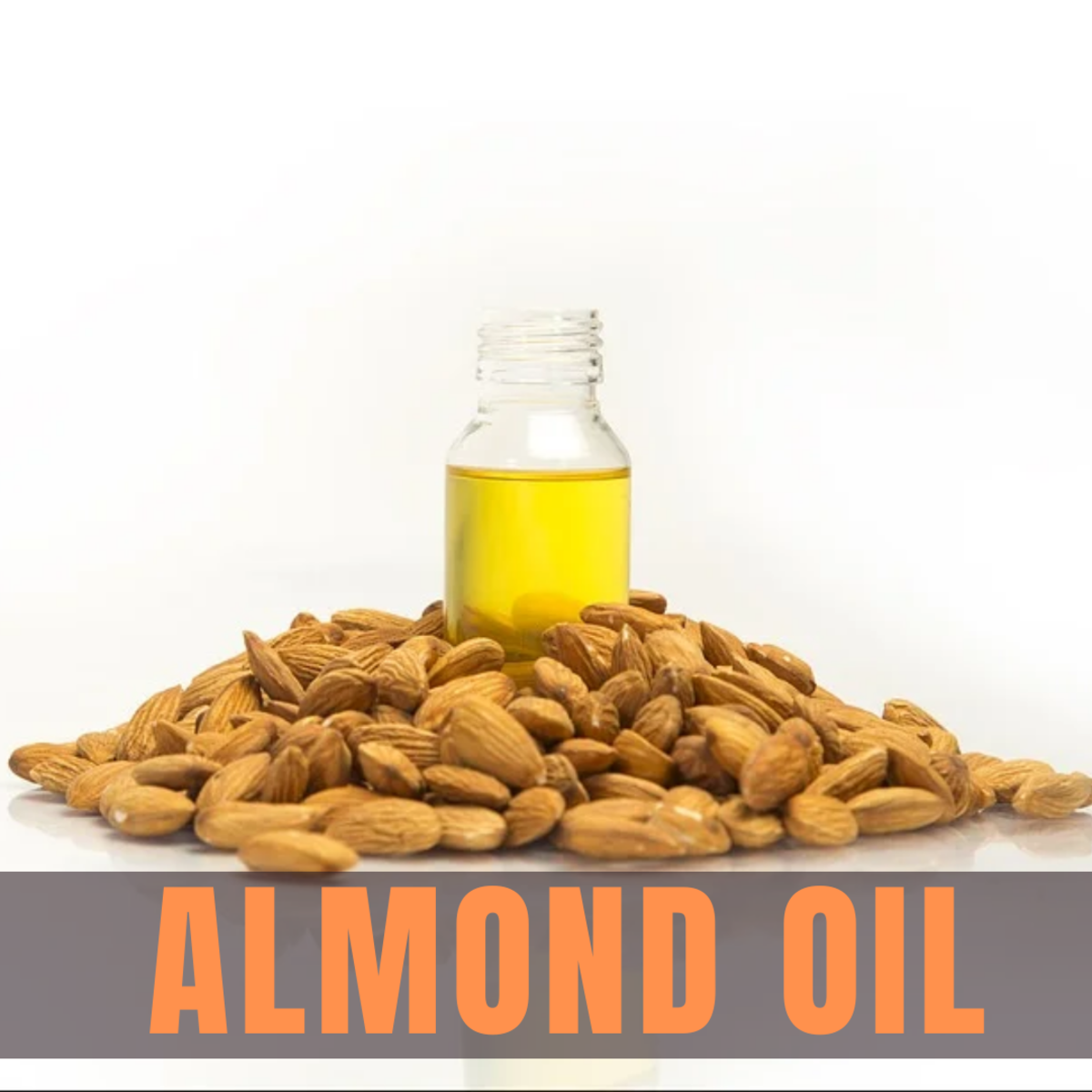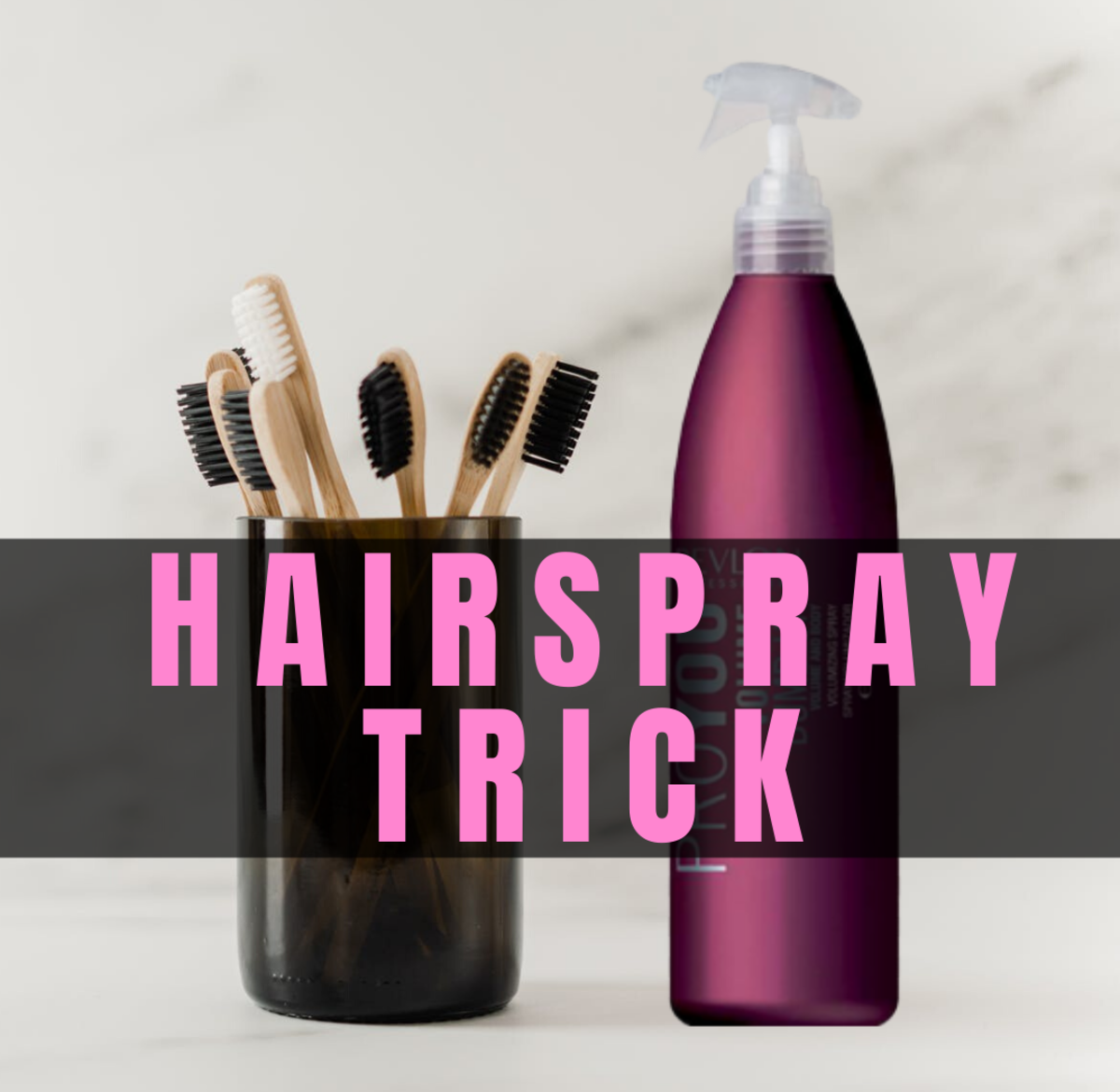That swimming pool sure feels good in the summer—until you get home and look in the mirror.
Eww!
Chlorine is used to kill bacteria in pools, and it does its job well, but it’s also a harsh chemical bleach that can wreak havoc on your skin and hair. When used in pools, it’s combined with other chemicals to make it generally safe, but over time it can still damage tissues and hair strands.
Fortunately, you don’t have to avoid swimming to protect yourself.
How chlorine in swimming pools damages hair and skin?
Chlorine shows up in our lives in a lot of ways. It’s not only in swimming pools to disinfect the water, but it’s also used to sterilize drinking water and in the manufacturing of products like paper, textiles, paints and plastic, medicines, and more.
WHAT’S THE SCIENCE BEHIND CHLORINE?
The chemical is known as an “oxidizing” agent, meaning that it can oxidize other substances. That means it can encourage the formation of free radicals—those nasty molecules that damage cells, proteins, lipids, and DNA. Too much oxidation can lead to inflammation, disease, and aging.
HOW DOES CHLORINE AFFECT MY SKIN AND HAIR?
Knowing this, you can guess what chlorine does to your hair and skin. It not only robs both of natural moisturizers and oils, but it’s powerful oxidation processes—often called “corrosive”—can result in lasting damage that accentuates the appearance of fine lines and wrinkles. It also destroys vitamin E and essential fatty acids that the skin needs to appear its best.
REGULAR EXPOSURE TO THE CHLORINE IN SWIMMING POOLS CAN RESULT IN THE FOLLOWING CHANGES:
• Discolored hair
• Dry, brittle, straw-like hair that’s prone to breakage
• Frizzy hair
• Lack of shine to the hair
• Weak hair that lacks volume
• Dry, itchy scalp
• Damage to cuticles
• Weakened and breaking nails
• Dry, flaky skin
• Itchy, rashed, or burned skin
• Allergic or reactive skin (especially in sensitive skin types)
• Acne breakouts
• Accelerated aging in skin, showing up as fine lines and wrinkles
Obviously none of us want to experience any of these all this for the occasional dip in the pool!
how to protect hair and skin from exposure to chlorine
You don’t have to wind up with rough hair and dry skin just because you like to swim. Try the following tips to protect your hair and skin the next time you take a dip.
1. SWIM IN AN OUTDOOR POOL
These allow gases from the chemicals in the water to escape into the air—leaving less to contaminate your hair and skin. These types of pools are also better for your eyes, sinuses, and lungs. If you need to swim indoors, look for well-ventilated pools.
2. SHOWER BEFORE YOU SWIM
Both hair and skin are less likely to absorb water from the pool once they’re already wet. Make sure you’re good and soaked right before you go in to increase resistance.
3. APPLY CONDITIONER OR HAIR OIL
Hair experts recommend that you apply either a deep conditioner or natural oil, like coconut oil, to the hair before going into the pool. It creates a layer between your hair and the chlorine and other chemicals in the pool and helps nourish the hair follicles as well. If you use oil, however, be sure to wear a cap, or that you’re swimming in an indoor pool—otherwise the oil will attract sun damage if you’re outside.
4. WEAR A SWIM CAP
This is the best way to protect your hair, especially if it’s chemically treated. After you’ve showered and applied a conditioner or hair oil, put your cap on. Of course, you can wear a cap without washing your hair if you feel you have a quality one that will prevent all exposure, but for maximum chlorine resistance, it’s best to wash and condition first.
Pin your hair back. If you don’t want to wear a cap, at least pin your hair back to limit exposure.
5. APPLY SKIN LOTION
Like conditioner on your hair, lotion on your skin gives you an extra layer of protection. Apply sun protection if swimming outdoors and if swimming indoors apply an oil or lotion.
6. WASH AFTER YOUR SWIM
Using a gentle, sulfate-free shampoo, wash hair and skin after your swim to get rid of all those chemicals hanging around. Give hair a good soak in the water—a quick wash can leave some chlorine in the follicles. Let the freshwater flow through it for five minutes or so.
7. RINSE WITH APPLE CIDER VINEGAR
You can also use apple cider vinegar as a clarifying rinse—it will help get all those chemicals out of the hair strands, and will also remove dulling buildup. The nice thing about this natural substance is that it not only helps get rid of chlorine, but other damaging things found in pools like copper, salt, and various impurities and contaminants.
8. APPLY CONDITIONER AND MOISTURIZER
Apply a protective, deeply moisturizing conditioner to your hair after washing, and be sure to apply a natural, deeply moisturizing oil or butter to your skin as soon as you step out of the shower.
9. AVOID DRYERS IF YOU CAN
Use a wide-toothed comb to remove tangles after washing, and then pat dry. Avoid using blow dryers if you can as that will limit damage to hair.
Try it and let me know how you feel about it in the comments below.
